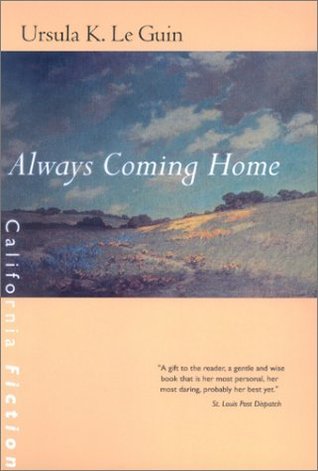What do you think?
Rate this book


525 pages, Paperback
First published September 1, 1985
Pandora: I never did like smartass utopians. Always so much healthier and saner and sounder and fitter and kinder and tougher and wiser and righter than me and my family and friends. People who have the answers are boring, niece. Boring, boring, boring.
Archivist: But I have no answers and this isn't utopia, aunt!
Pandora: The hell it ain't.
Archivist: This is a mere dream dreamed in a bad time, an Up Yours to the people who ride snowmobiles, make nuclear weapons, and run prison camps by a middle-aged housewife, a critique of civilization possible only to the civilized, an affirmation pretending to be a rejection, a glass of milk for the soul ulcered by acid rain, a piece of pacifist jeanjacquerie, and a cannibal dance among the savages in the ungodly garden of the farthest West.
Pandora: You can't talk that way!
Archivist: True.
Pandora: Go sing heya, like any savage.
Archivist: Only if you'll sing with me.